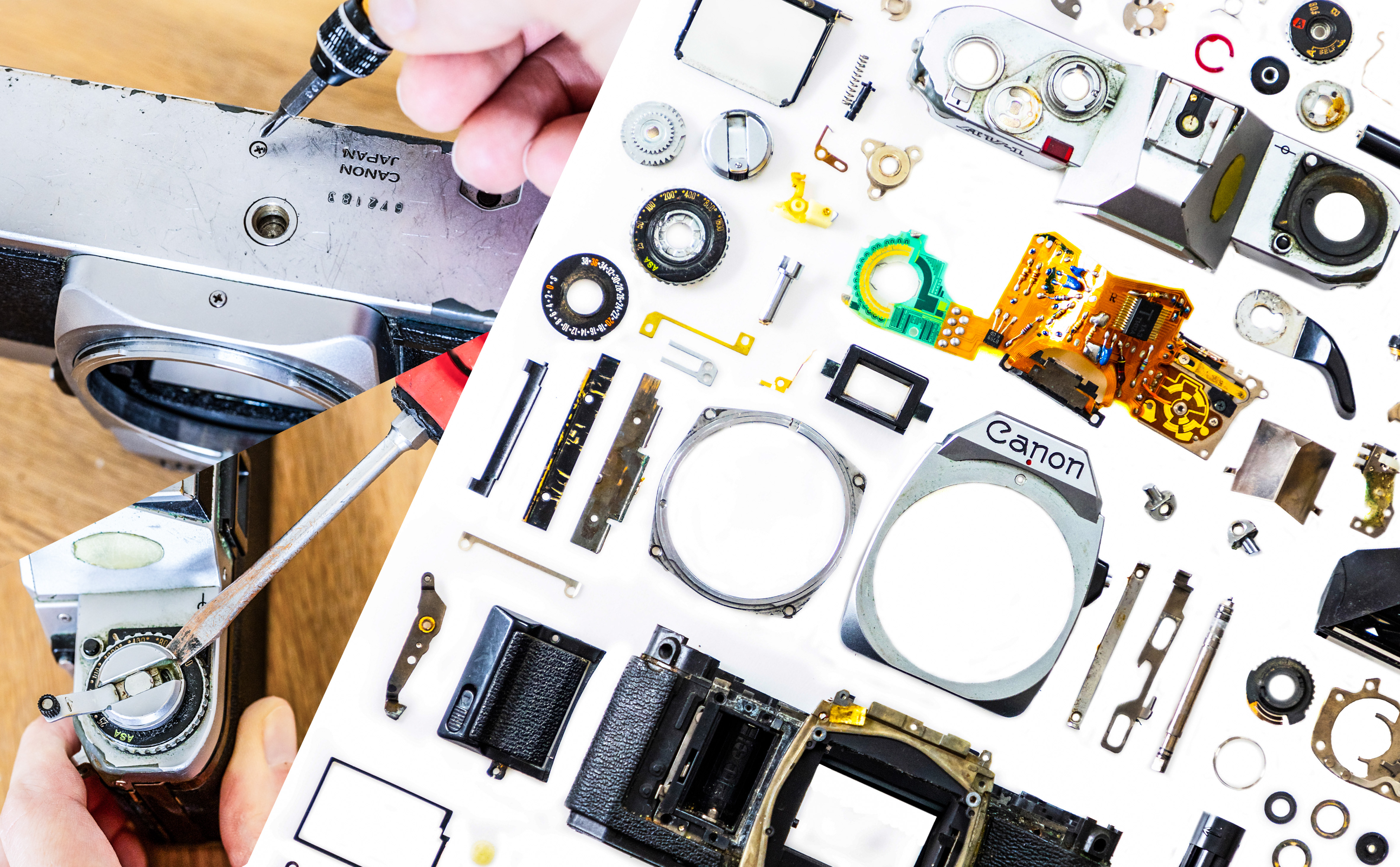The Fujifilm GFX 100s is officially here after weeks of rumors – and it looks amazing
We all knew the GFX 100s was coming, but now at last we have the full specifications and details… and the price!
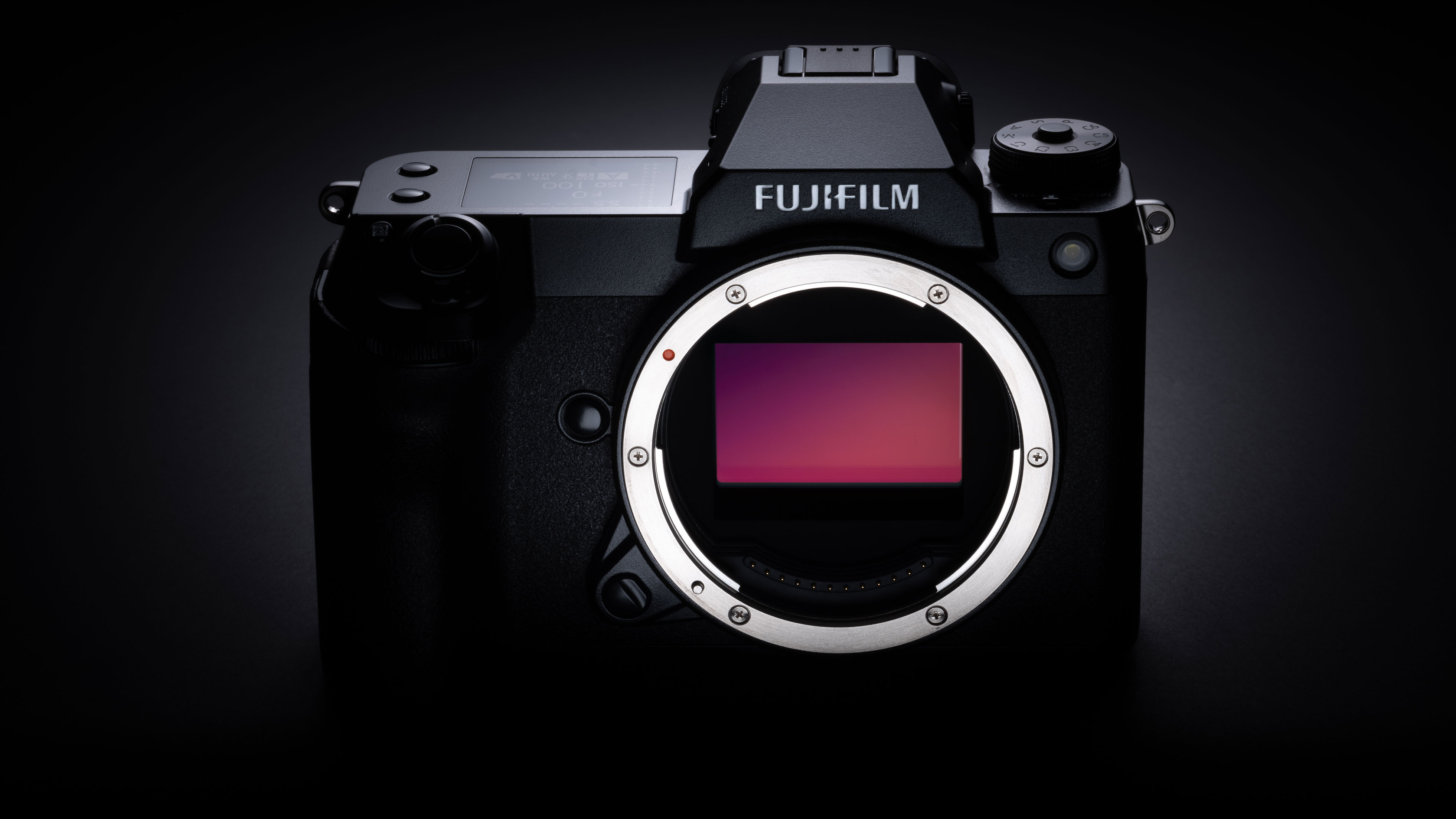
Fujifilm made medium format photography practical and affordable when it launched its GFX camera system back in 2017. The GFX 100 was another landmark camera, launched in 2019, doubling the resolution to 100MP and adding phase-detect autofocus and in-body stabilisation.
And now Fujifilm has taken the core of the GFX 100 and shrunk both the body and the price to produce a 100MP medium format camera in the same ballpark price range as top-end full frame cameras.
The new GFX 100s is still expensive by regular camera standards, but in the medium format market it’s one of the cheapest cameras you can buy!
It’s impossible to overstate how much Fujifilm has shaken up the medium format market (and Hasselblad, with the X1D and 907x, to be fair). The price is one of the factors; the second is the everyday practicality of a camera that has the same AF, video and in-body-stabilisation of smaller full frame cameras.
Fujifilm’s aim with the GFX 100s is to make a large sensor camera both affordable and smaller than a DSLR. The company sees the GFX 100s as the natural successor to the GFX 50s, which will be discontinued. The rangefinder style GFX 50R, the cheapest GFX model, will continue, as will the GFX 100.
More Fujifilm announcements:
• Fujifilm X-E4
• Fujinon GF80mmF1.7 R WR
• Fujinon XF27mmF2.8 R WR
• Fujinon XF70-300mmF4-5.6 R LM OIS WR
Get the Digital Camera World Newsletter
The best camera deals, reviews, product advice, and unmissable photography news, direct to your inbox!
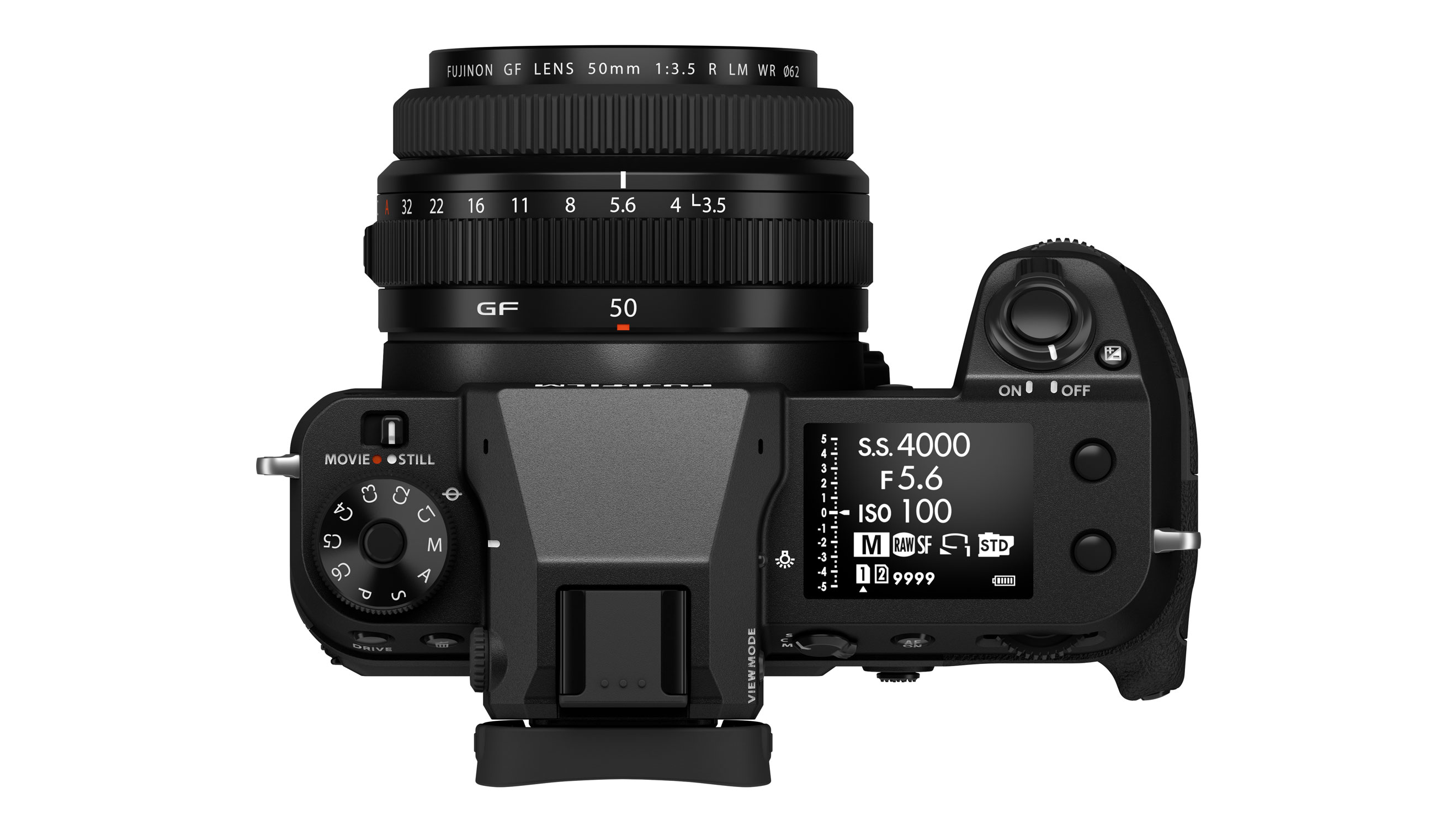
Fujifilm GFX 100s specifications
Sensor: 102MP BSI CMOS, 43.8x32.9mm
Processor: Quad-core X-Processor 4
Autofocus: 3.78M PDAF pixels
Stabilisation: IBIS, up to 6 stops
Continuous shooting: 5fps CH, 2fps CL/Live View
Viewfinder: Fixed EVF, 3.69M dot OLED, 0.77x magnification
LCD: 3.2-inch 3-way tilting touchscreen, 2.6M dots
Battery: NP-W235 2200mAh, 460 shots
Dimensions: 150x104x44mm (body only)
Weight: 900g (body only)

Fujifilm GFX 100s key features
Inevitably, there will be a lot of comparisons with the existing GFX 100, so here’s how the new GFX 100s stacks up against its bigger brother.
First, it’s a lot smaller and lighter – 30% smaller, in fact, and an amazing 500g lighter. In fact, it’s smaller and slimmer even than the outgoing GFX 50S, though it weighs about the same.
The 102MP sensor and X-Processor 4 are the same as those in the GFX 100, and the autofocus specifications are identical too. The IBIS and shutter mechanisms in the new camera are different, however.
Using lessons learned from the Fujifilm X-T4 and X-S10, Fujifilm has made the IBIS unit in the GFX 100s 20% smaller and 10% lighter (just 191g) than the one in the GFX 100 – but at the same time it’s upgraded the gyro sensor to increase the shake compensation to a maximum of 6 stops. Depending on the lens used, that’s between 0.5 and 1 stop better than the GFX 100.
The GFX 100s also has a new 22% smaller shutter unit, that’s also 16% lighter at 73g. This downsizing has allowed Fujifilm to put the battery in the handgrip rather than having it underneath the body. The battery is the same NP-W235 2200mAh battery used in the X-T4, which will be good news for photographers who use both, and in the GFX 100s it should be good for around 460 shots.
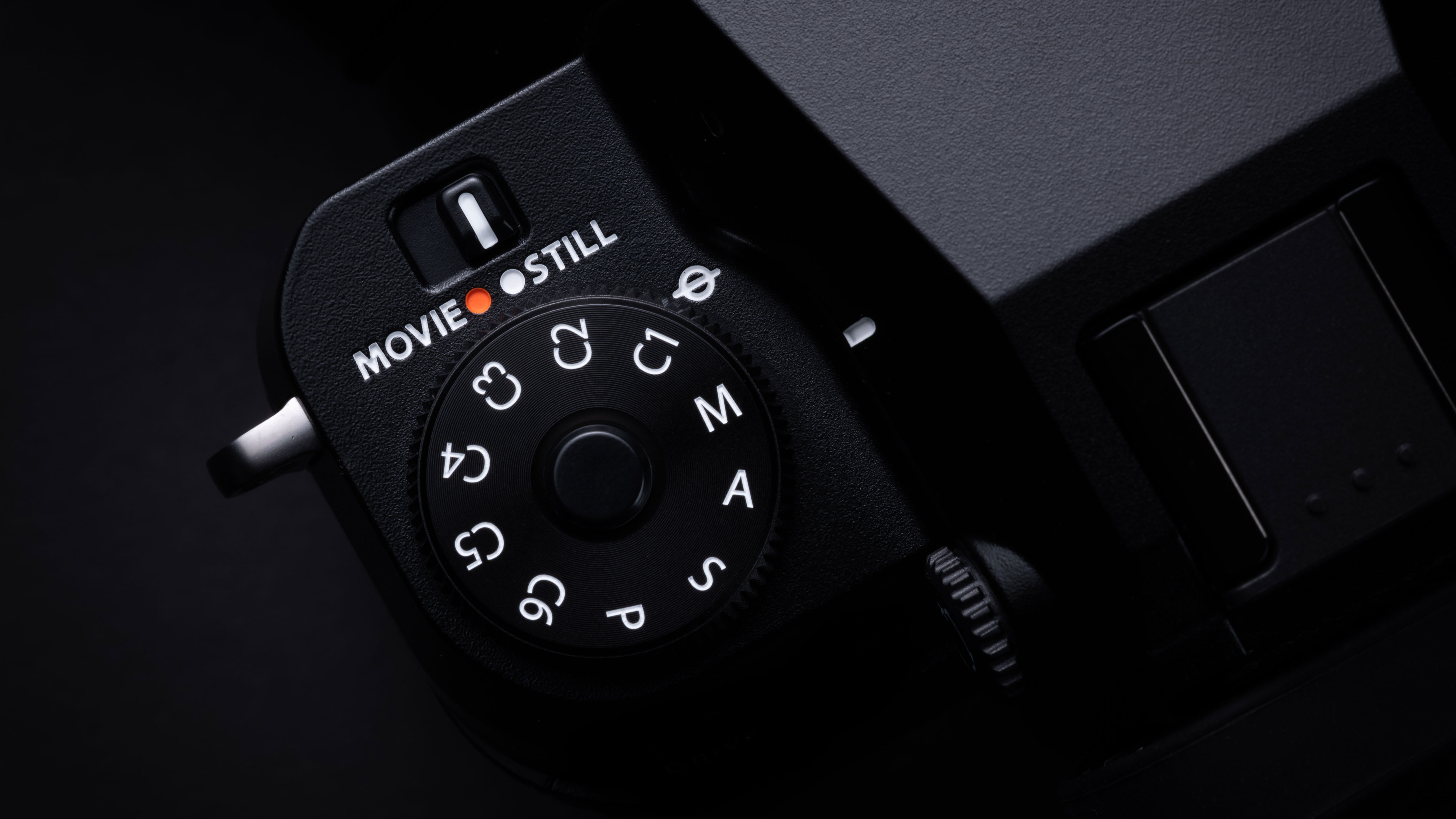
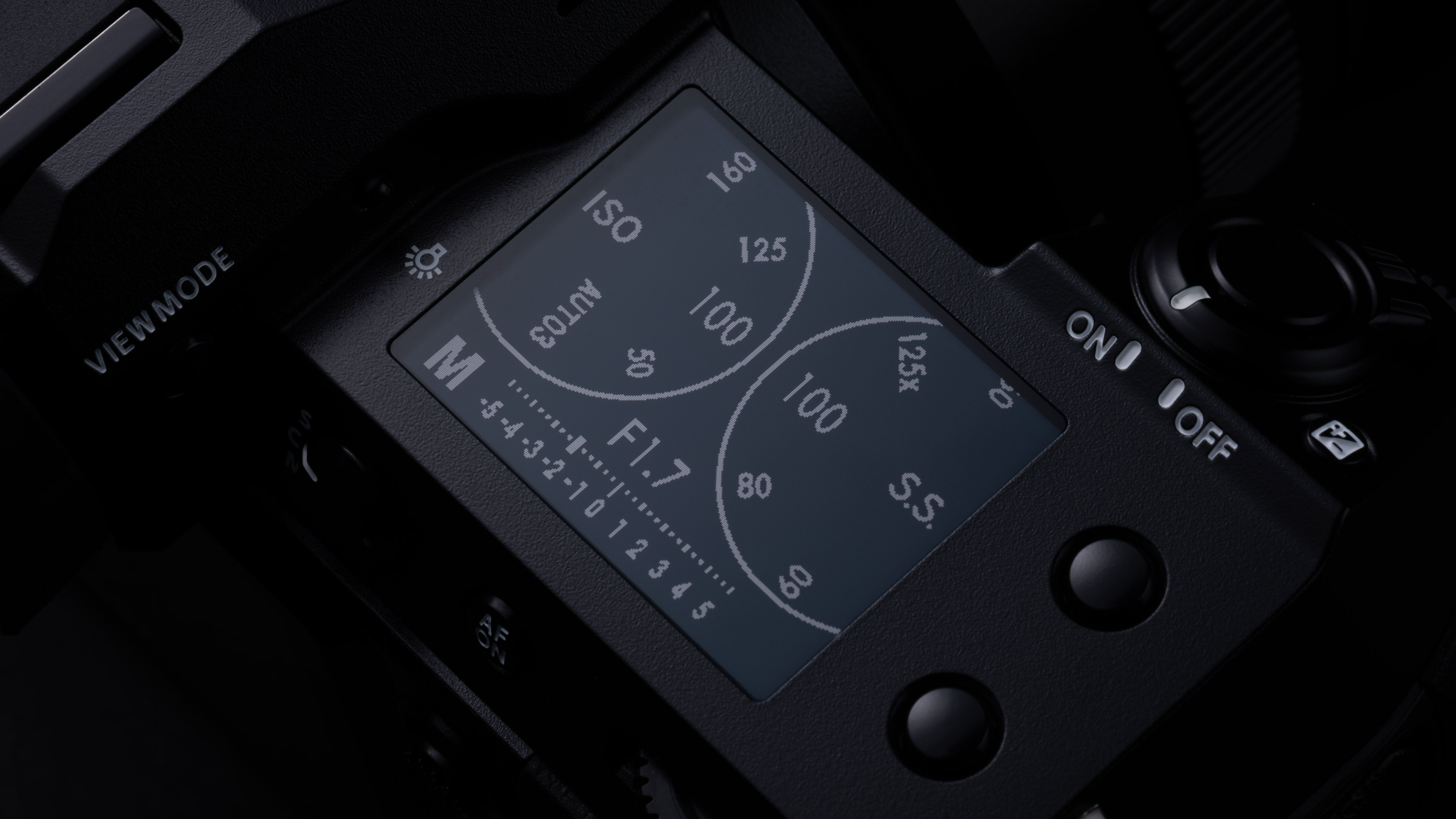
Fujifilm GFX 100s design features
The GFX 100s has a robust magnesium alloy body and weather seals, but the downsizing of the body does mean that the GFX 100s viewfinder is fixed and non-interchangeable with a slightly lower resolution of 3.69 million dots. There will be no battery grip option either – though there will be an optional MHG-GFX S Metal Handgrip, however, to improve the handling with bigger lenses.
It’s also a surprise to see Fujifilm’s usual shutter speed ring dropped in favor of a conventional mode dial. Presumably Fujifilm has done this to broaden this camera’s appeal – that was the argument behind the same move on the Fujifilm X-S10 – but it’s likely to be a disappointment for Fujifilm fans who bought into the brand purely because of it uniquely ‘classical’ external controls. There is, however, a 1.8-inch 4:3 303x230 dot status screen on the top plate for exposure information and more.
On the back of the GFX 100s is a 3.2-inch 3-way 2.6 million dot tilting touchscreen, and a new AF joystick offering improved grip. There are 3.5mm mic and headphone sockets, USB-C and Micro HDMI ports and a PC Sync socket for flash, as well as a 2.5mm remote release socket.
Interestingly, the GFX 100s has dual SD/SDXC UHS-II card slots – Fujifilm has yet to take the plunge with the new CFexpress format being taken up by rival makers.

Film simulation and video
The GFX 100s ushers in a new Fujifilm Film Simulation mode called ‘Nostalgic Negative’ and based on “American New Color”, which was available from the 1970s to the 1990s as a modern art color printing process noted for its cyan skies, rich shadow color and soft tonality.
This camera also includes the ultra-high-res 400MP multi-shot mode recently introduced to the GFX 100, and Fujifilm says the GFX 100s has improved Far AF tracking and Face/Eye detection over the older model.
For video shooters, the GFX 100s offers DCI 4K/30p recording, with ProRes Raw output via HDMI. Fujifilm F-Log and HLG are included, and there’s a new Digital IS (digital stabilisation) mode which adds a modest 1.1x crop for all modes. Finally, the maximum recording time has been extended to 120 minutes, compared to the 60min limit on the GFX 100.
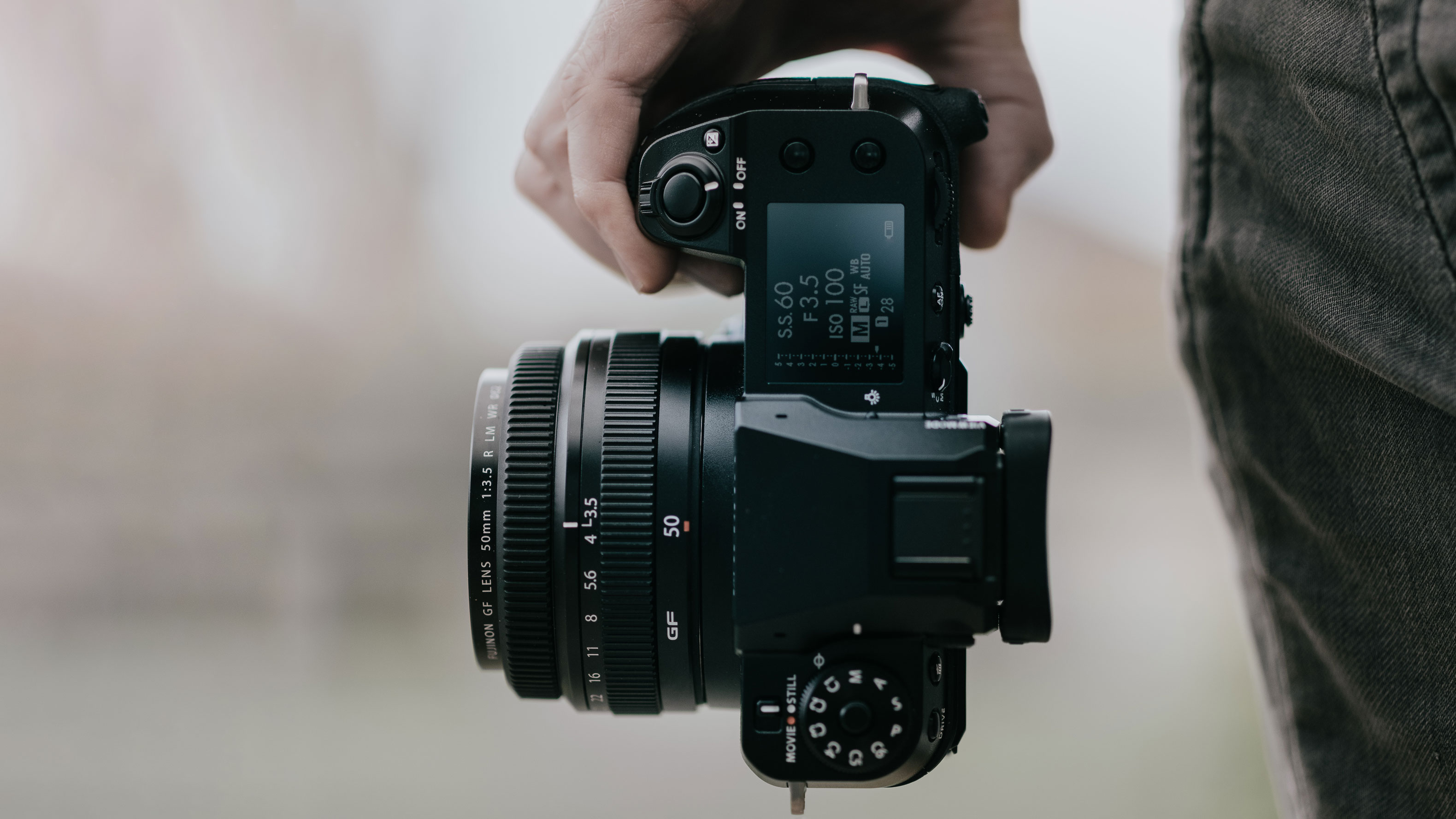
Fujifilm GFX 100s price and availability
Perhaps the biggest news, however, relates not to the technical advances in the GFX 100s, but its price. It will be available from the end of February 2021 at a price of just $5,999 / £5,499 / AU$10,499 body only. That’s barely more than half the price of the ‘old’ GFX 100, and close to the cost of the GFX 50s when it was first launched.
Given the technical superiority of the GFX 100s over the 50s – twice the resolution, phase AF, in-body stabilisation, 4K video – that’s a dramatic shift in features and price in a very short time.
• Pre-order the Fujifilm GFX 100s at Adorama
Read more:
• Best Fujifilm camera
• Fujifilm GFX 100 review
• Best medium format camera
• Fujifilm GF lens roadmap
• Best professional cameras

Rod is an independent photography journalist and editor, and a long-standing Digital Camera World contributor, having previously worked as DCW's Group Reviews editor. Before that he has been technique editor on N-Photo, Head of Testing for the photography division and Camera Channel editor on TechRadar, as well as contributing to many other publications. He has been writing about photography technique, photo editing and digital cameras since they first appeared, and before that began his career writing about film photography. He has used and reviewed practically every interchangeable lens camera launched in the past 20 years, from entry-level DSLRs to medium format cameras, together with lenses, tripods, gimbals, light meters, camera bags and more. Rod has his own camera gear blog at fotovolo.com but also writes about photo-editing applications and techniques at lifeafterphotoshop.com
